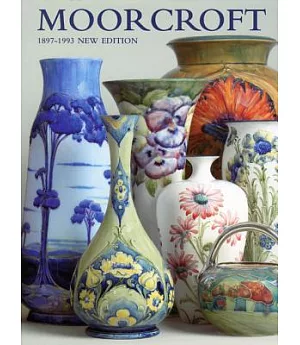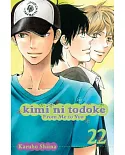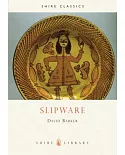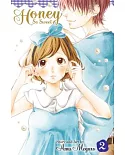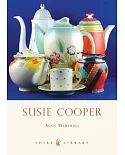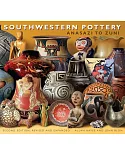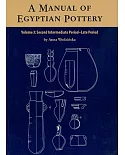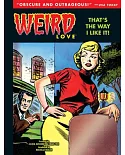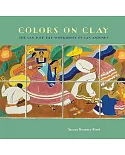Moorcroft is one of the most important names in the history of British art and studio pottery, representing as it does an unbroken line of production that reaches back over a century to 1897.
Throughout this period collectors all over the world have enjoyed the characteristic style and colours of Moorcroft pottery, and today both the decorative wares of the past and the new ranges
in production at the factory are highly sought after.
William Moorcroft, born into an established pottery family in Burslem, Staffordshire in 1872, was initially trained to be an art teacher at the South Kensington School of Art. However, in 1897
he was employed as a designer by James Macintyre & Co., a large Staffordshire earthenware manufacturer interested in expanding their production of art pottery. Building on the slipware
techniques already established at Macintyre's, Moorcroft was able to develop a decorative style. With its raised slip decoration in floral and Art Nouveau forms, Moorcroft's Florian Ware was
quickly successful, and by 1905 was being sold by major stores in London, Paris and New York. Popularity was underlined by success at international exhibitions, with Moorcroft winning his first
Gold Medal at St Louis in 1904. Entirely responsible for all the shapes and patterns developed for the ware that carried his name, Moorcroft evolved a distinctive and fluid style. All his wares
were hand-made, with skilled assistants creating his designs in raised slip and then laying on the carefully prepared colours that set his work apart from his rivals.
In 1913 Moorcroft left Macintyre's to set up his own pottery in a custom-built works nearby. New designs appeared, maintaining his reputation for colourful and delicate interpretations of
natural forms and landscape. The famous Powder Blue tableware range, described in the 1930s as `undatedly perfect' was introduced, and Moorcroft continued to enjoy international success.
Throughout the 1920s and the 1930s designs were evolved to suit the changing tastes, with Moorcroft wares matching both the bright abstraction of the Jazz Age and the cooler, more austere style
of Art Deco. Having survived the Second World War largely on the strength of its export business, the Moorcroft pottery was taken over by William's son Walter in 1945, following his father's
sudden death.
Walter Moorcroft, an equally skilled designer in his own right, maintained his company's reputation for decorative hand-made pottery with a series of individual patterns that took their
inspiration from more exotic flowers. As a result, Walter was able to take on in 1928 the Royal Warrant originally granted to his father by Queen Mary, an honour that allowed Moorcroft pottery
to carry from that date the mark `Potter to Her Majesty the Queen'.
Walter Moorcroft retired in 1987, but the company has remained an independent business. The method of production developed by William in 1897 is unchanged, but the pattern range has been
expanded by Sally Tuffin and other designers.
The great interest in Moorcroft pottery today was initially generated by two exhibitions of the early 1970s, one held at the Victoria & Albert Museum, London, and the other organised by
Richard Dennis. The catalogue for the latter, the first to study the history of Moorcroft in any depth, was expanded in 1987 into the first edition of this book. In 1990, this was revised and
brought up to date, and again in 1993. This new enlarged and completely revised edition includes many new photographs, making it invaluable for all Moorcroft collectors and those interested in
the decorative arts of the 20th century.

